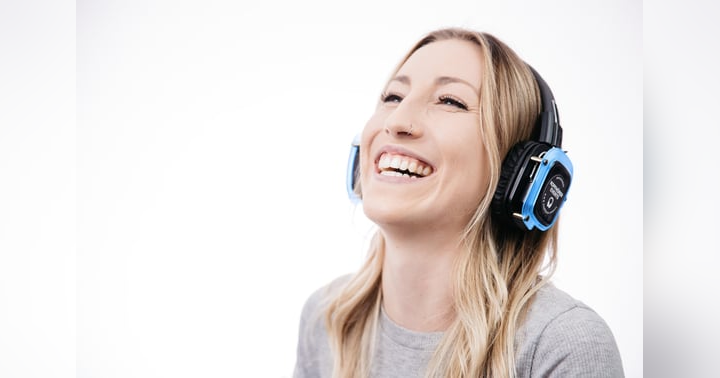The Role of Rave Fashion in Dance Identity and Self- Expression

At a rave, clothing is never just about what you wear — it's about who you are.
From glittery bodysuits to glow-in-the-dark accessories, the outfits seen at EDM festivals and warehouse parties are far more than colorful aesthetics. Rave fashion is deeply woven into the fabric of dance culture. It’s a powerful form of self-expression, helping individuals communicate their identity, mood, and values in a space where creativity is celebrated.
Whether you're stepping into a massive music festival or an underground set, your outfit becomes your statement — an invitation to connect, be seen, and let go.
A Short History of Rave Fashion
Rave culture originated in the 1980s and 90s, heavily influenced by underground techno, house music, and early EDM scenes. The clothing of early ravers was functional: loose-fitting pants for dancing, bright colors for visibility, and accessories that responded to light and movement.
By the 2000s, the look evolved — incorporating influences from cyberpunk, hippie, goth, and festival fashion. Today, rave fashion is a dynamic mix of styles, merging personal freedom with cultural trends.
What remains consistent is the emphasis on self-made rules, or no rules at all.
Why Fashion Matters in Rave Culture
At most clubs or parties, dress codes are about fitting in. But at raves, the opposite is true. Fashion becomes a tool for standing out — not in a competitive way, but in an expressive, liberating one.
Ravewear is about:
- Identity – showcasing who you are or who you want to be
- Creativity – wearing clothes that reflect your imagination
- Unity – using style to participate in shared traditions (like kandi trading)
- Empowerment – choosing garments that make you feel confident and alive
This is why rave fashion has become its own movement. For many, it's the first time they feel free to truly dress as themselves — or experiment with versions of themselves they can’t explore elsewhere.
Elements That Define Rave Fashion
Let’s break down what makes ravewear so iconic:
1. Bold Colors and Neon
Neon pink, ultraviolet green, holographic blue — these colors dominate the scene because they glow under UV light and stand out in large crowds.
2. Reflective and Light-Reactive Materials
Sequins, metallics, and LED elements are common. They reflect the energy of the space and make movement more visible.
3. Minimal and Maximal Styles
From nearly-naked mesh bodysuits to oversized rave pants (phats), rave fashion embraces extremes. You might see someone in a full fur coat next to someone in a bikini and fishnets — and both are valid expressions.
4. Kandi and Beads
Plastic bead bracelets, known as kandi, aren’t just cute accessories. They’re a form of raver etiquette, often exchanged during shows as a gesture of PLUR (Peace, Love, Unity, Respect).
5. Masks, Goggles, and Face Jewels
Originally functional at dusty festivals like Burning Man, face gear has become symbolic. It adds mystery and can be used to create a character or alter ego.
6. DIY and Custom Gear
Many ravers design or customize their outfits, adding patches, LED strips, or hand-painted details to stand out and avoid mainstream conformity.
Fashion as a Form of Self-Expression
Rave fashion isn’t about impressing others — it’s about embracing yourself. Whether someone wears angel wings or cyber goth boots, they’re expressing something deeply personal.
At events with tens of thousands of people, fashion becomes a language. Some use it to communicate gender fluidity, others use it to show support for social causes. For many, it’s simply about feeling seen and celebrated in their most authentic form.
In a space where few words are exchanged (because music dominates), what you wear can say everything.
Breaking Norms, Celebrating Differences
In daily life, people often hide behind uniforms — business suits, school clothes, workout gear. But in dance culture, fashion flips that script. Ravewear rejects judgment, stereotypes, and labels.
People of all shapes, identities, and backgrounds are encouraged to wear what makes them feel alive. This inclusivity is why so many marginalized communities have embraced the rave scene as a safe space.
Whether you’re LGBTQ+, neurodivergent, or just someone who’s always felt a little “different,” rave fashion gives you the power to own your presence.
Social Media and the Influence of Rave Style
Platforms like Instagram and TikTok have made rave fashion more visible — and more influential. Popular ravers showcase their looks and inspire thousands to explore their own style. Hashtags like #raveoutfit and #edmfashion are filled with unique looks, tips, and DIY tutorials.
While some critique this for commercializing rave culture, others see it as a celebration of creativity and diversity. Many creators now use their platforms to discuss the deeper meanings behind their outfits, connecting personal stories with visual art.
Tips for Choosing Your Rave Look
If you’re planning your first rave or festival, here’s how to approach your outfit:
- Comfort is key – you’ll be dancing for hours
- Express, don’t impress – wear what makes YOU feel good
- Layer wisely – events can go from hot to cold quickly
- Accessorize with intention – kandi, visors, body paint
- Respect the venue – some raves have dress codes or safety rules
Ultimately, there are no rules — only vibes.
Barbara Samuelson | 05.06.2025














